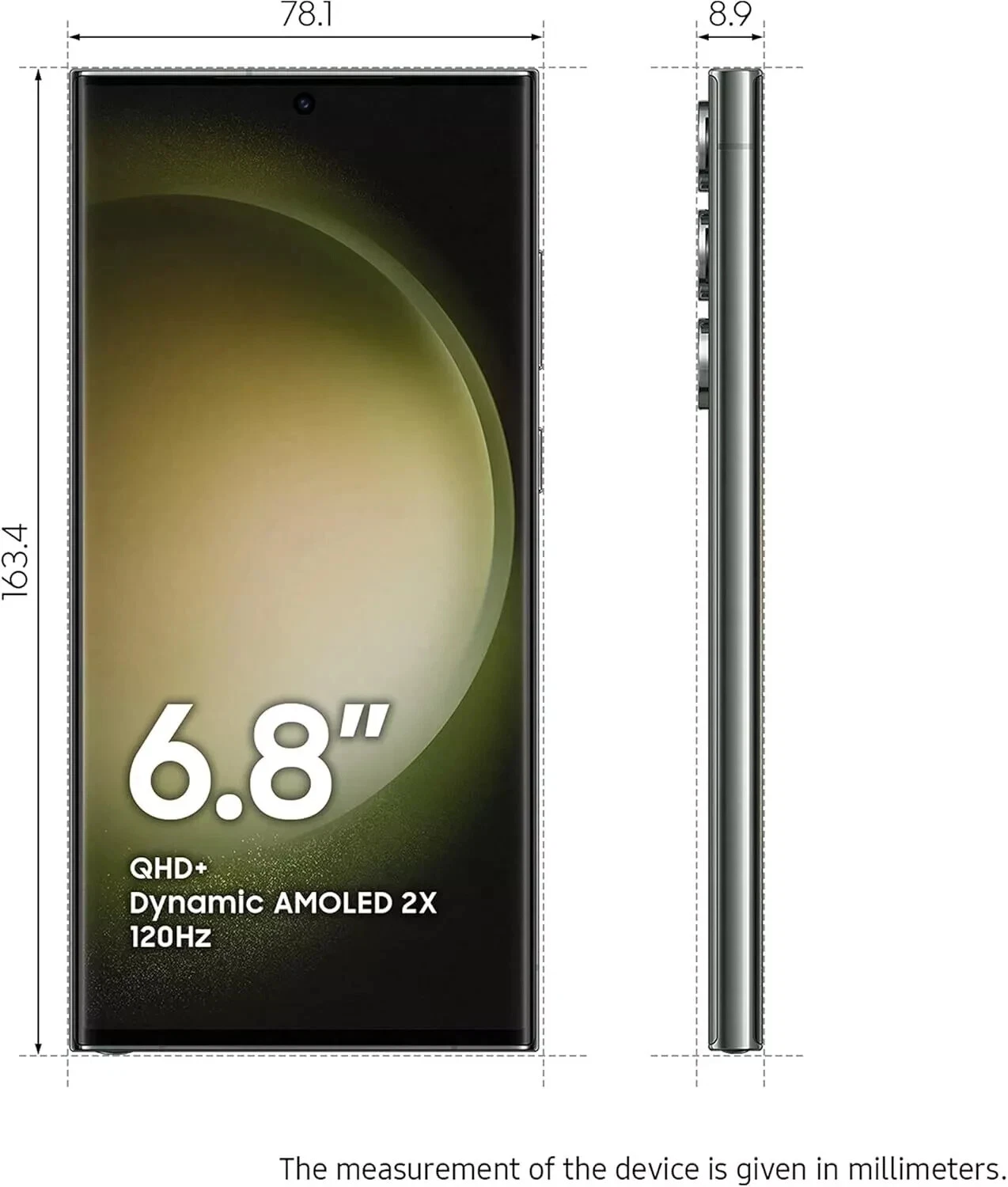Picture 12 of 25

Picture 12 of 25


























Slot Deposit 5000 Via Dana & Bandar Slot Gacor Rajin Kasih Maxwin
Bermain slot kini jadi lebih gampang karna cuma deposit 5000 bisa transfer via Dana, jadi pilihan terbaik buat kamu yang cari bandar slot gacor rajin kasih bonus Maxwin setiap hari. Proses deposit cepat, game lengkap, dan peluang menang besar bikin pengalaman main makin seru dan menguntungkan. Dengan transaksi cepat dan praktis, kamu bisa langsung jelajahi ratusan permainan seru dari bandar slot gacor yang dikenal sering bagi-bagi Maxwin. Cukup dengan modal kecil, peluang menang besar selalu terbuka! Nikmati sensasi spin yang bikin deg-degan, bonus-bonus menarik, dan layanan profesional dari bandar slot terpercaya yang siap kasih pengalaman terbaik buat semua pemain.